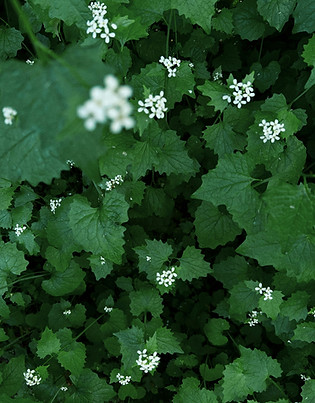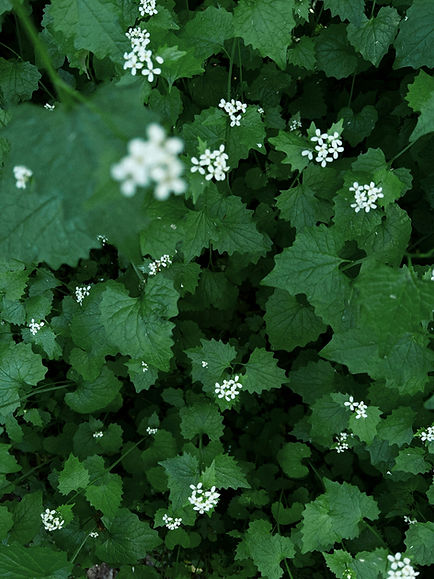What are Invasive Species?
Invasive species are non-native organisms that outcompete native species for resources and space. Invasive species can be plants, animals, insects, and pathogens. They typically reproduce quickly and in high volume, are adaptable and can thrive in many conditions, including disturbed ecosystems, and often lack natural population controls, such as predators. These factors give invasive species the ability to transform entire ecosystems, reduce native biodiversity, and degrade the quality of the environment.
Invasive species are a concern worldwide and continue to plague land and water managers at national, provincial, and local levels. The impacts of established populations and the threat of the potential introduction of invasive species will continue to impact our environment and economy due to climate change, international trade, and habitat loss and fragmentation.
What is CLOCA Doing?
Invasive Species that are Monitored and Managed in CLOCA's Conservation Areas and Conservation Lands
Please note: the invasive species listed below are currently being monitored and managed by CLOCA and only represent a portion of the local invasive species.
CLOCA's Monitoring and Management
CLOCA's Invasive Species Management Strategy (2017-2027) guides all invasive species management on CLOCA's properties. The guiding principles of this document include prevention, detection, response, and management of invasive species. Invasive species management is prioritized based on habitat sensitivity.
Wild Parsnip and Hemlock Woolly Adelgid images courtesy of invadingspecies.com
Horizon Scanning:
On the lookout for potential up-and-coming. . .
There is a constant threat of new invasive species emerging as a result of globalization and increased trade between different countries and continents. CLOCA collaborates with ENGOs including the Invasive Species Centre, the Ontario Invasive Plant Council, and both the federal and provincial governments to stay up-to-date on new and emerging pests.
Be on the lookout for some potential up-and-coming invasive species:
Images courtesy of invadingspecies.com and entomologytoday.org
What YOU Can Do
Plant Native!
Where possible, use native plants in your landscaping. Many ornamental garden plants are non-native and can lead to the spread of invasive species.
Planting native plants not only prevents the spread of invasive species but also provides for native pollinators and other wildlife, decreases the need for watering, and offers beautiful gardens.
Know Your Invasives!
Learn to identify invasive species. Being able to identify common invasive species will increase awareness of their presence and help prevent the spread. It will also help protect against noxious invasives like Giant Hogweed.

Report Invasives!
If you see an invasive species, report it to EDDMapS Ontario or contact the Invading Species Hotline at 1-800-563-7711.
Stay on the Trails!
Always remain on designated trails and keep pets on a leash to avoid disturbing natural habitats. Invasive species often thrive in disturbed areas and their seeds can travel on you and your pets. Staying on the trails will also help keep you safe. Learn to identify Central Lake Ontario Conservation's most untouchable plants.
Give Them the Brush Off!
Clean off your footwear and all equipment before you go from one natural area to another. This includes all surfaces of canoes, boats, bikes, fishing equipment, ATVs, walking sticks and evens skis, snowmobiles and snowshoes in the winter.

Volunteer!
To participate in CLOCA work days, sign up for our newsletter for regular updates on volunteer events.
Educate Your Class!
Book CLOCA's Alien Invaders education program for Grades 6 and 7 or high school.
While walking through different habitats, students will discover the difference between native, non-native, and invasive species. Students will be introduced to various local invasive species and learn how these alien invaders are impacting habitats, as well as the characteristics that enable them to become such incredible trespassers. Depending on the season, this program may include garlic mustard (invasive species) removal.
Educate Your Community Group!
As part of CLOCA’s Invasive Species Management Strategy, staff regularly participate in education and outreach events such as the Oak Ridges Trail Association Adventure Relay, Thickson Woods Land Trust Nature Festival and many other local community programs.
CLOCA actively engages municipal staff in projects regarding invasive species. We have hosted, in partnership with municipalities and non-profits such as the Ontario Invasive Plant Council, workshops for municipal, provincial, and environmental non-governmental organization staff on topics such as species-specific management, clean equipment protocols, and management strategy planning.
We're happy to attend your event or provide a presentation!











.jpg)













